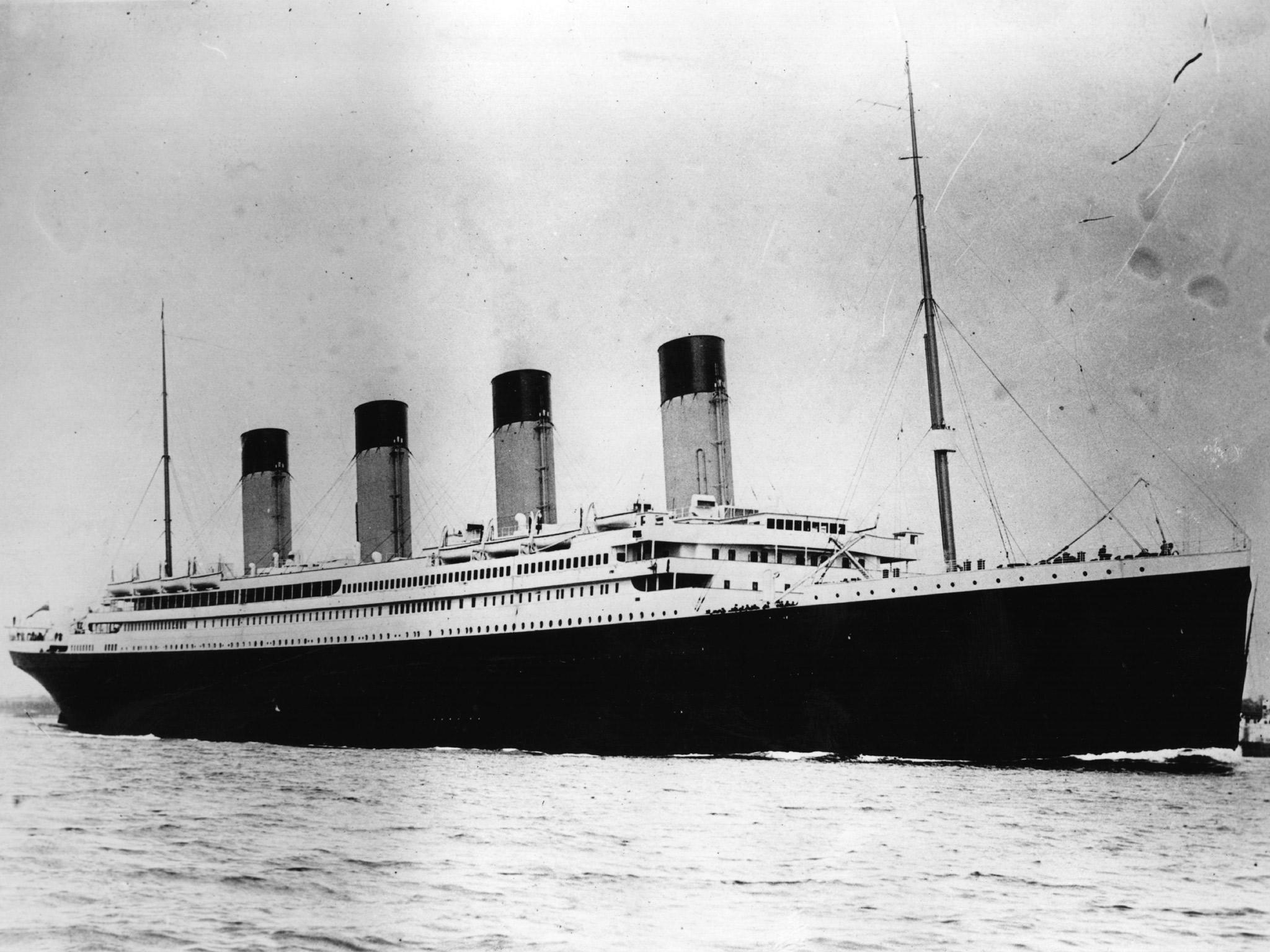Grave of the Titanic's band leader named among newly-listed historic sites
A 1930's hairdressers and a Neolithic henge are also on the list

Your support helps us to tell the story
From reproductive rights to climate change to Big Tech, The Independent is on the ground when the story is developing. Whether it's investigating the financials of Elon Musk's pro-Trump PAC or producing our latest documentary, 'The A Word', which shines a light on the American women fighting for reproductive rights, we know how important it is to parse out the facts from the messaging.
At such a critical moment in US history, we need reporters on the ground. Your donation allows us to keep sending journalists to speak to both sides of the story.
The Independent is trusted by Americans across the entire political spectrum. And unlike many other quality news outlets, we choose not to lock Americans out of our reporting and analysis with paywalls. We believe quality journalism should be available to everyone, paid for by those who can afford it.
Your support makes all the difference.The gravestone of the Titanic’s band leader, a 1930s hairdresser’s shop and a Neolithic henge in Yorkshire are among the more unusual of 510 newly listed historic sites across England revealed today.
The additions to the near-400,000 listed sites catalogued by Historic England, previously part of English Heritage, include Wallace Hartley’s gravestone in Colne, Lancashire dating to 1912, as well as a monument dedicated to him in the town centre three years later.
He may have remained an unassuming Lancashire musician but he became a national hero as the band leader on the Titanic after he and his eight-piece band played on while the ship sank.

The former hairdresser’s shop in Scarborough, which has since become a tea room but still bears the name Francis emblazoned in black 1930s lettering, includes booths where visitors now seek refreshment but were previously used to afford privacy to ladies having their hair dressed. The Designation Yearbook said the building “represents a rare surviving insight into a genteel section of 1930s society”.
One of the 50 prehistoric henges in England, found in East Riding of Yorkshire in 2010 and dated to between 2800 BC and 2200 BC, has also been designated, but its function still remains unclear.
Join our commenting forum
Join thought-provoking conversations, follow other Independent readers and see their replies
Comments